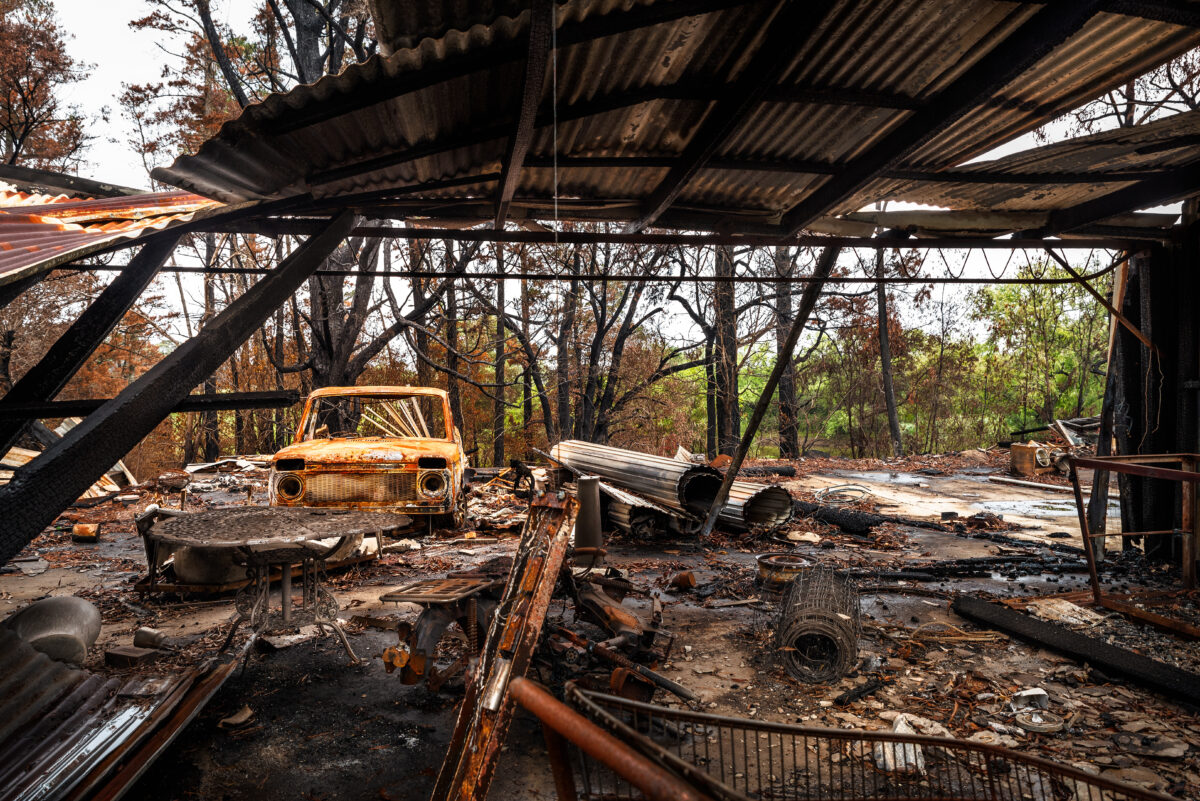Water damage can strike unexpectedly and, if left undetected, can cause serious problems to your property. Often, the damage isn’t immediately visible and may hide behind walls, floors, or ceilings. Detecting it early can save you from costly repairs and prevent the growth of mold, which can worsen the situation. Here’s how to spot hidden water damage before it becomes a bigger problem.
- Check for Unusual Moisture or Dampness
A subtle but important sign of water damage is unusual moisture or dampness. Check for areas that feel unusually cool or damp to the touch, especially in basements or behind furniture. Damp spots on walls, floors, or ceilings could be an early warning sign of a hidden leak.
- Look for Water Stains or Discoloration
Discoloration, such as yellowish or brown stains on your walls, ceiling, or floors, can be a clear sign of water damage. These stains may not appear immediately, but over time, water seeping through drywall, ceilings, or flooring can leave marks that spread. Pay attention to areas where water typically leaks, like near windows or plumbing fixtures.
- Inspect for Warped or Bubbling Surfaces
Warped, buckled, or bubbling surfaces in wood, laminate, or vinyl flooring often indicate that water has been present for some time. The moisture causes the materials to expand, leading to visible distortions. Similarly, peeling or bubbling paint on walls can indicate that water has infiltrated the drywall beneath.
- Pay Attention to Musty Odors
A musty, earthy smell is a classic sign of mold and mildew growth, often caused by prolonged exposure to moisture. If you notice a persistent odor in specific areas, especially in hidden spots like crawl spaces, attics, or basements, there could be water damage lurking behind walls or floors.
- Check Your Water Bills
An unexpected spike in your water bill could point to an undetected leak. If your water usage increases but your habits haven’t changed, you might be dealing with a hidden plumbing issue. This can be a subtle but effective way to catch problems early, especially in areas like hidden pipes or under-sink plumbing.
- Listen for Drips or Running Water Sounds
Sometimes, the sound of running or dripping water can be the first clue that something isn’t right. If you hear water running when no appliances are in use, it’s time to investigate further. Look for visible leaks, or consider calling a professional to check your plumbing.
- Monitor Your Walls for Soft Spots
Soft or spongy walls are a key indicator of water damage. Over time, water can weaken the integrity of drywall, causing it to soften. Press gently on walls in areas near sinks, showers, or toilets. If the wall gives or feels soft, it may be time to have it inspected for water damage.
Conclusion
Spotting hidden water damage before it escalates into a major problem requires vigilance and attention to detail. Regular inspections, keeping an eye on moisture levels, and addressing any small issues early on can prevent more severe water damage down the line.
If you notice any of these signs, it’s important to address the issue promptly to avoid costly repairs and potential health risks from mold. If you’re unsure, don’t hesitate to call a restoration professional to assess the situation before it worsens.
Taking care of these early signs will help preserve your home or business and ensure that water damage never gets the chance to cause lasting harm.

